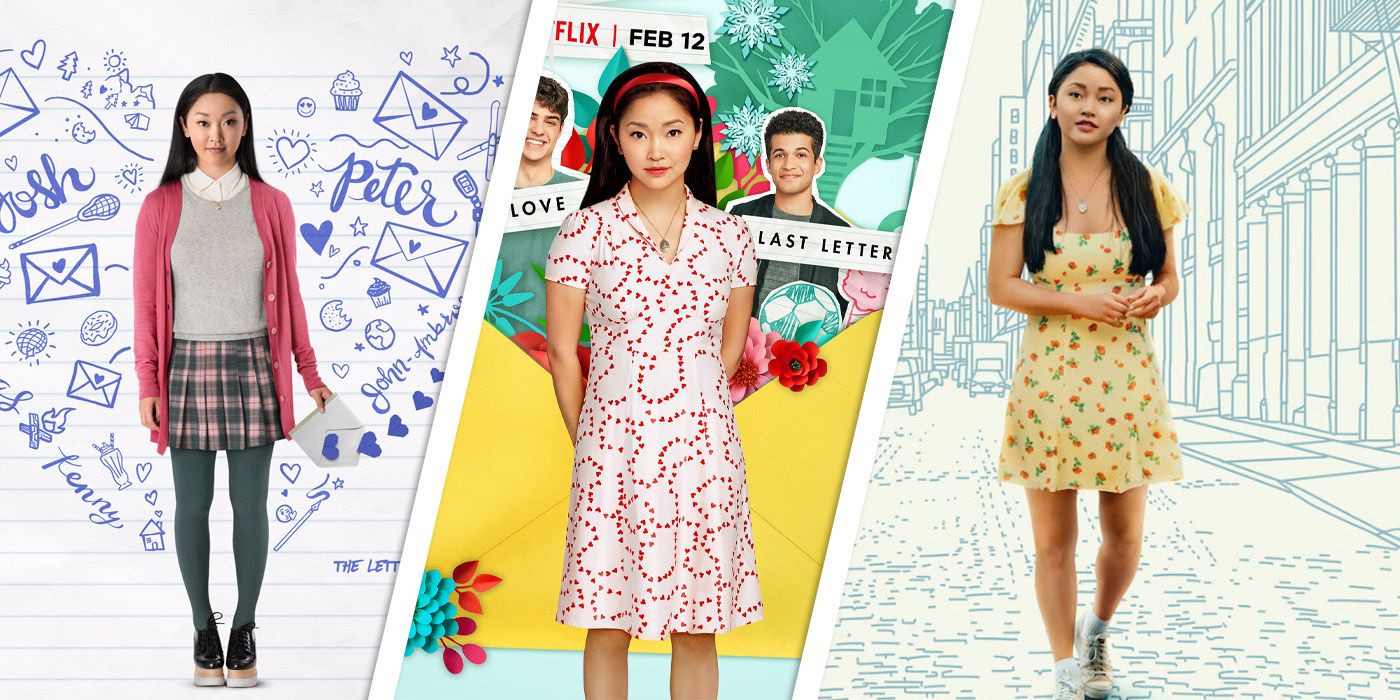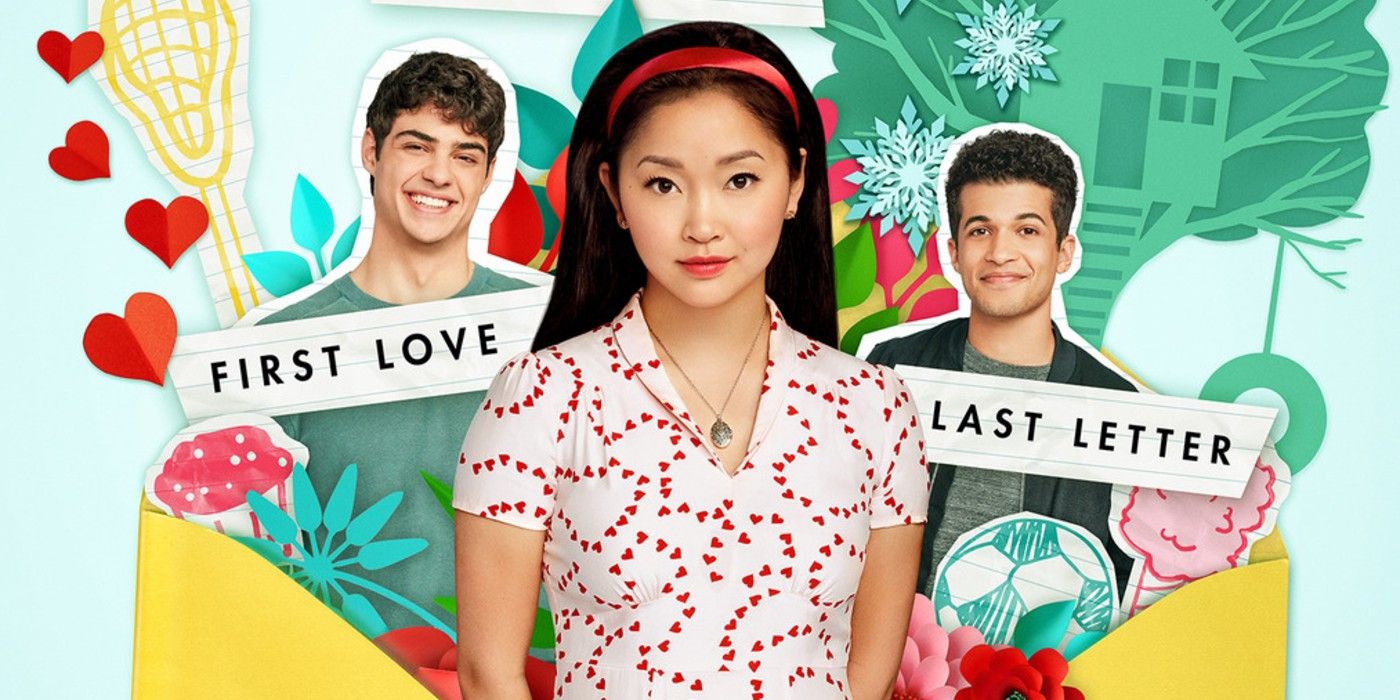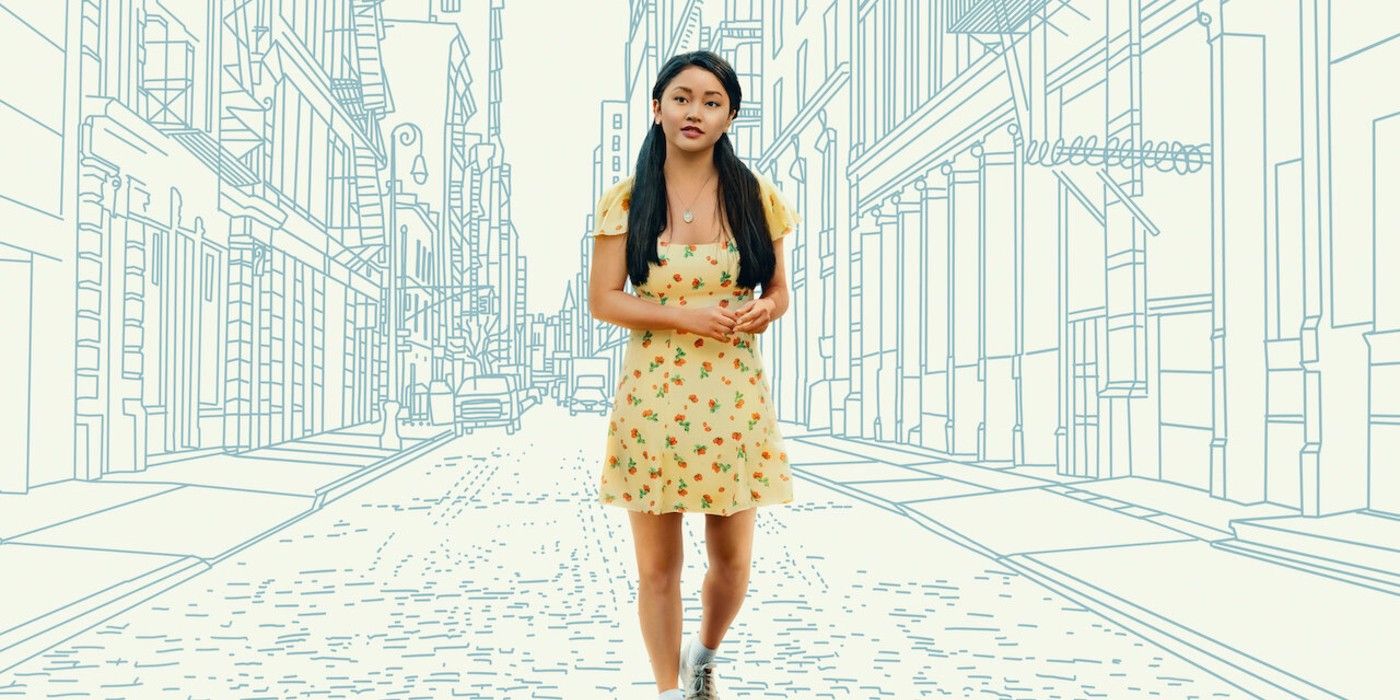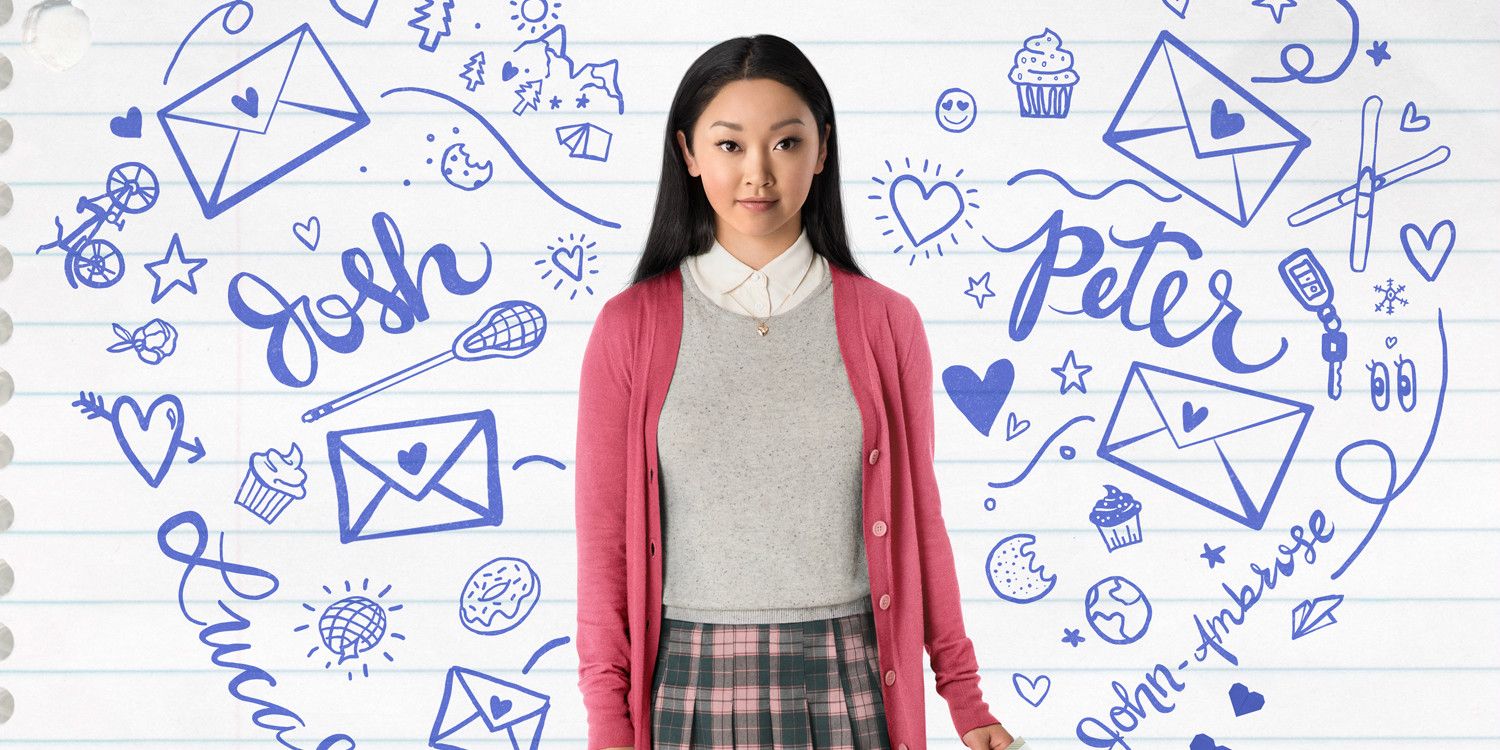
Now that Netflix has completed three adaptations of Jenny Han's To All the Boys book series, it's possible to rank them to determine the best of the trilogy. In 2018, the original film established the overall tone and premise for the series while introducing the world to up-and-coming stars Lana Condor and Noah Centineo. For the second and third installments, cinematographer Michael Fimognari took over the directorial duties from Susan Johnson and added his own unique touch as a filmmaker. All three movies have been well-received by critics and will resonate with Netflix audiences for different reasons. However, one particular installment stands out above the others.
When To All the Boys I've Loved Before released in 2018, it became a cultural phenomenon with Condor starring as the 16-year old Korean-American protagonist, Lara Jean Song Covey. The Netflix movie appealed to audiences with its endearing love story, fresh character dialogue, and dream pop music. In 2020, the sequel To All the Boys: P.S. I Still Love You arguably lost some cultural momentum, if only because the narrative complicated the central love story between Lara Jean and Peter Kavinsky (Centineo) by introducing a new suitor, John Ambrose (Jordan Fisher). Then, in 2021, To All the Boys: Always and Forever fully locked into the focal romance, and added a clever twist by having Lara Jean fall in love not with another man, but with the city of New York.
Each one of the franchise films adheres to romantic comedy tropes, and perhaps too much at times. Depending on one's perspective, the meta-references may add to the experience or possibly interrupt the narrative flow. There's also the question of whether or not the Lara Jean & Peter romance feels natural and timely, and whether the focal performances stand up to classics of the past. Overall, critics and general streamers alike seem to agree that To All the Boys is a special movie franchise, yet it's still worth identifying what differentiates each production in terms of filmmaking. Here's a ranking of each movie in the To All the Boys trilogy on Netflix.

Written by Sofia Alvarez and J. Mills Goodloe, To All the Boys 2 ends with a romantic resolution for Lara Jean and Peter but gets lost along the way. Early on, the film hits all the right story beats as the main protagonist experiences her first date and gets swept away in emotions. But rather than focusing on the dynamic between the two focal leads, the sequel immediately incorporates conflict involving John Ambrose, one of the recipients of Lara Jean's love letters. The character initially appears at the tail end of the original film, but then has an entirely different appearance in the sequel with the casting of Fisher. So, that filmmaking decision alone is perplexing and stands out as an immediate red flag.
Unfortunately, Fisher's performance as Ambrose doesn't add much value in To All the Boys 2. The character is indeed kind-hearted and charming, but he seems to represent nostalgia for the past more than anything else. Ambrose doesn't really fight for Lana's heart but rather seems to enjoy her company as a friend. Meanwhile, side-conflict involving Peter and his ex-girlfriend Genevieve (Emilija Baranac) makes the story more interesting/dramatic, but the film also loses some of the rom-com magic that makes the original production so captivating.
Even though a rom-com sequel like The Kissing Booth 2 may not necessarily be objectively better than To All the Boys 2, it does introduce a strong character in Marco Peña (Taylor Zakhar Perez), who seems like he could steal away Elle Evans (Joey King) from Noah Flynn (Jacob Elordi). Overall, Fimognari's sequel does its best to set up the third franchise installment yet shows little imagination in terms of character conflict. Lara Jean does indeed grow as a character, but she's hampered by the presence of John, a character who seems stuck in 6th grade, and thus makes the film feel somewhat cutesy rather than progressive.

To All the Boys 3 succeeds by re-focusing on the romance between Lara Jean and Peter. The third franchise movie feels much more mature than the previous two, as there's less attention paid to the main protagonist's naivete. Now, Lara Jean comes across as a confident young woman who seems genuinely ready for the next step in her life, whether it's with Peter at Stanford University or across the country at New York University. To All the Boys 3 also resolves the conflict between Lara Jean and Peter's ex, Gen, and effectively uses Kitty (Anna Cathcart) as a source of comic relief, all the while developing her character. To All the Boys 3 brings all of the main players together, rather than underlining what drives them apart.
As an actress, Condor displays incredible depth while communicating Lara Jean's insecurities and highlighting her agency as a young woman. Whereas many young rom-com protagonists feel like they're making life or death decisions, Lara Jean often takes moments to collect her thoughts and to remind herself that she's not living within a rom-com movie. Condor is especially effective in conveying her character's attraction to Peter, and it's almost like the couple's relationship is just beginning. As for Noah Centineo, he plays it a little too cool at times as the prototypical Homecoming King of rom-com movies, yet he truly does shine when capturing Peter's vulnerability, whether it's with the character's estranged father or when trying to process Lara Jean's fascination with New York City.
Charming as To All the Boys 3 may be, it's a little heavy-handed with its meta rom-com messaging, which makes some of the character dialogue feel stiff and unnatural. Also, the film doesn't invest much time exploring the complexities of Lara Jean and Peter's relationship beyond their obvious connection, which contrasts with some of the heavier conversations from the sequel. As a whole, To All the Boys 3 expects that the audience is already familiar with the basics, and doesn't really prioritize character development for Chris (Madeleine Arthur) or Lucas (Trezzo Mahoro). Aside from some tiny pacing issues, the third Netflix movie works especially well in terms of developing Lara Jean's story, but it might've been worth re-structuring the film to add a little more depth elsewhere.

To All the Boys I've Loved Before is the best of the three franchise films because of its storytelling, along with the element of surprise. For one, there's the love letter premise; the narrative hook to keep audiences engaged. Two, there's Condor's central performance as a 16-year-old trying to understanding her place in the world. The filmmakers take their time while covering the appropriate narrative groundwork, and establish the personalities for each of the main characters, along with how they connect to Lara Jean's backstory. The second and third films have similar energy and spirit but don't necessarily work as stand-alone films.
Years from now, To All the Boys I've Loved Before will be recognized as a defining film from the Streaming Wars era, and maybe even the last great rom-com before the era of COVID-19. Storywise, there's a traditional coming-of-age narrative for audiences to enjoy, one about a middle child who relates to her young sister Kitty but wants to be more like her older sibling Margot (Janel Parrish). To All the Boys I've Loved Before pays homage to romantic comedies but doesn't feel the need to be extra clever with its citations. The Netflix movie also incorporates social media in a way that feels natural rather than didactic, a major plus in a time when filmmakers feel inclined to explain what audiences already know about Twitter, Facebook, etc.
Most importantly, To All the Boys I've Loved Before values the power of a big movie moment. The first kiss between Lara Jean and Peter has all the magic that their intimate encounter in To All the Boys 3 lacks. There's even some scrunchie-themed drama that's at once juvenile but also incredibly important for the character conflict. As a whole, To All the Boys I've Loved Before shows much more nuance than the second and third Netflix films. It's subtle when commenting on rom-com tropes and slowly develops the central relationship. The little moments stand out, whether it's how Lara Jean looks at Peter or vice versa. The sequels don't take such things for granted, but there's less attention paid to the build-up of big moments. To All the Boys I've Loved Before is truly a Netflix Original, one that's driven by character chemistry, star-making lead performances, and a specific style of storytelling.
https://ift.tt/2LPPU6O
February 15, 2021 at 05:30AM




